Recessed lighting for kitchen, halogen or LED?
firstian
12 years ago
Related Stories
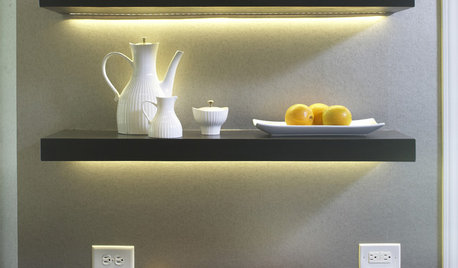
KITCHEN DESIGN12 Ways to Light Your Kitchen With LEDs
See how to use new energy-saving lights to illuminate your kitchen, light a countertop and add style, too
Full Story
LIGHTINGThe Lowdown on High-Efficiency LED Lighting
Learn about LED tapes, ropes, pucks and more to create a flexible and energy-efficient lighting design that looks great
Full Story
LIGHTINGWhat to Know About Switching to LED Lightbulbs
If you’ve been thinking about changing over to LEDs but aren't sure how to do it and which to buy, this story is for you
Full Story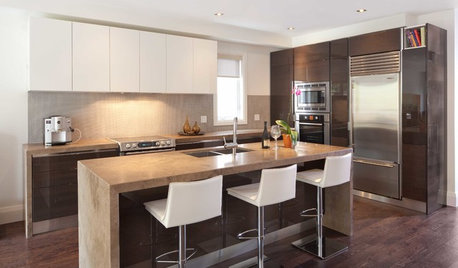
LIGHTINGGet Your Home's Recessed Lighting Right
Learn the formula for how much light a room needs plus how to space downlights, use dimmers and more
Full Story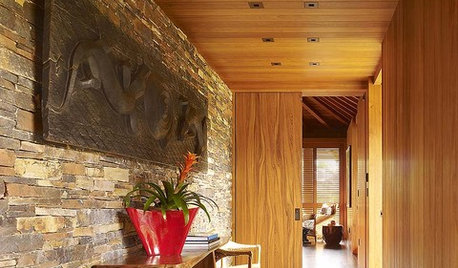
LIGHTINGRecessed Lighting 101
Looking to brighten a drab, dim space? Recessed lighting may be your answer. Here's what you need to know
Full Story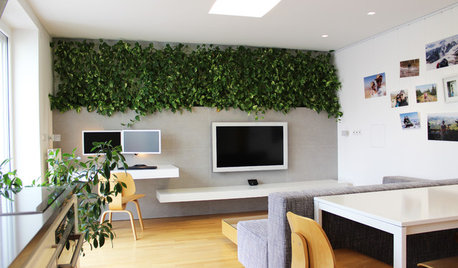
HOUZZ TOURSMy Houzz: LEDs and a Living Wall Color a Minimalist Slovakian Home
Thanks to a modern overhaul, this small Central European apartment is now a testament to efficiency and thoughtful design
Full Story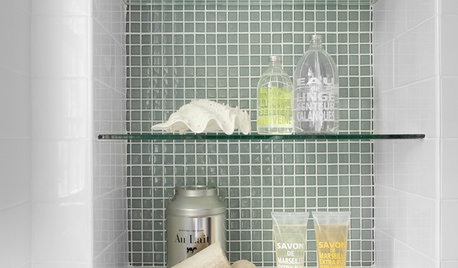
BATHROOM DESIGNRecess Time: Boost Your Bathroom Storage With a Niche
Carve out space behind the drywall to add shelves or cabinets, giving you more room for bathroom essentials and extras
Full Story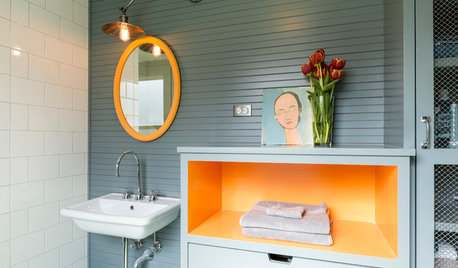
COLOR PALETTESRecessive Color: 8 Eye-Catching Niches, Nooks and Crannies
Create a focal point with a small chunk of a big hue
Full Story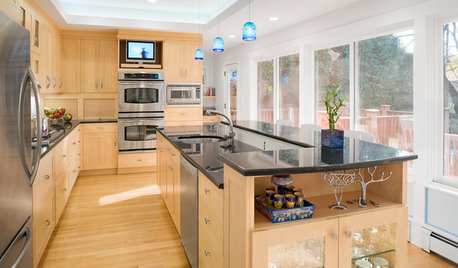
UNIVERSAL DESIGNHow to Light a Kitchen for Older Eyes and Better Beauty
Include the right kinds of light in your kitchen's universal design plan to make it more workable and visually pleasing for all
Full Story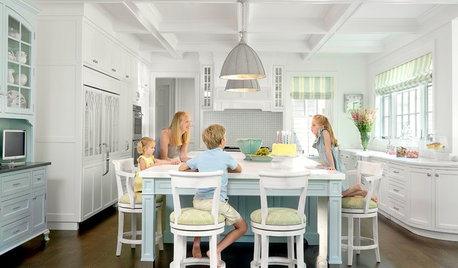
LIGHTINGSource List: 20 Pendants That Illuminate the Kitchen Island
See the ceiling lighting fixtures that are popular on Houzz and find out where to get them
Full Story





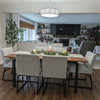
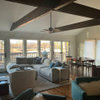
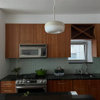
David
firstianOriginal Author
Related Professionals
Batavia Lighting · Sarasota Lighting · Chaska Furniture & Accessories · Clark Furniture & Accessories · Fair Lawn Furniture & Accessories · Genova Furniture & Accessories · Rockland Interior Designers & Decorators · Bellevue Decks, Patios & Outdoor Enclosures · Del City Decks, Patios & Outdoor Enclosures · High Point Decks, Patios & Outdoor Enclosures · Kyle Decks, Patios & Outdoor Enclosures · Spanaway Decks, Patios & Outdoor Enclosures · St. Louis Decks, Patios & Outdoor Enclosures · Westford Decks, Patios & Outdoor Enclosures · Highland Decks, Patios & Outdoor EnclosuresDavid
grumpydave
susanlynn2012
susanlynn2012
David
susanlynn2012
lee676
susanlynn2012
David
susanlynn2012
lee676
Emilner
mcfreiz
firstianOriginal Author
David
firstianOriginal Author
David
lee676
firstianOriginal Author
David
firstianOriginal Author
David
grumpydave
susanlynn2012
lee676
susanlynn2012
leona912
tedbevins